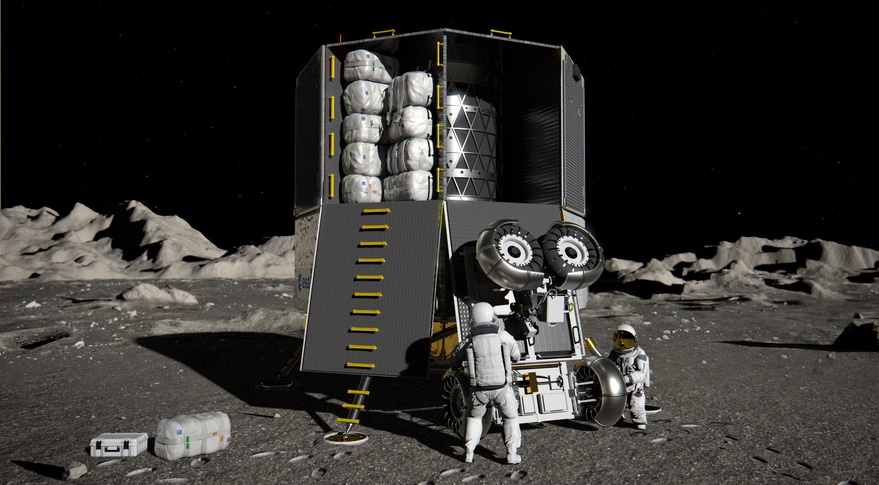WASHINGTON — The European Space Agency is putting the finishing touches on a package of programs it will ask its member states to support at a council meeting in November.
At a press briefing after a meeting of the ESA Council in Paris Oct. 20, agency leaders said they were finalizing proposals and related documents for the Nov. 22-23 ministerial meeting, where the agency will seek funding commitments from its member states for a wide array of programs.
“I think everyone is quite relieved on the progress we really made,” said Josef Aschbacher, ESA director general.
That work included finalizing most of the 36 programmatic documents, or budget lines, for programs in the ministerial package in areas that include science, exploration, navigation, and Earth observation, among others. “We are moving in the right direction, but there are still some things we have to sort out,” said Anna Rathsman, chair of the ESA Council.
Neither Aschbacher or Rathsman elaborated on areas that still need to be worked out, or specific funding levels the agency is requesting. Aschbacher said in September ESA would request 18.7 billion euros ($18.2 billion) over three years at the ministerial, an increase of more than 25% from the last ministerial in 2019.
That request comes as Europe grapples with multiple interrelated problems such as the war in Ukraine, an energy crisis and inflation. “We have a lot of challenges to handle along the way,” Rathsman acknowledged. “At the same time, we know and can really see the interest in space, and what we can achieve with space infrastructure, is fantastic and increasing all the time.”
ESA members won’t make a formal commitment for funding ESA programs until the two-day ministerial meeting in Paris. “What we are doing today is making sure that all the paperwork is prepared, the legal documents, and the content is extremely well understood, so that member states can make up their minds and subscribe at the ministerial,” Aschbacher said.
While ESA leadership did not provide a comprehensive review of the package and requested funding levels, they did discuss a few specific areas. David Parker, director of human and robotic exploration at ESA, confirmed that the agency will seek funding for the European Large Logistics Lander, or EL3, a cargo lander that could be used to support the NASA-led Artemis campaign of human lunar missions.
“We are asking at the ministerial for subscriptions to support the first step of development” of EL3, also known as Argonaut, he said. The agency is seeking 380 million euros for lunar robotic activities in general, of which the majority would go to EL3, which he said would put the program on track for a first mission in 2030.
ESA’s Oct. 19 announcement of a delay in the first launch of the Ariane 6, now expected no earlier than the fourth quarter of 2023, did not affect the ministerial package, said Daniel Neuenschwander, ESA director of space transportation. ESA will seek funding for an upgrade to the “Block 2” version the Ariane 6 with increased payload performance and a separate program for transitioning the rocket into high-rate production.
“These are not affected by the announcement” of the delay of the first launch, he said, including the transition program. “This is impacted by the ramp-up that is now delayed, but we have already anticipated this in our request to the member states.”
